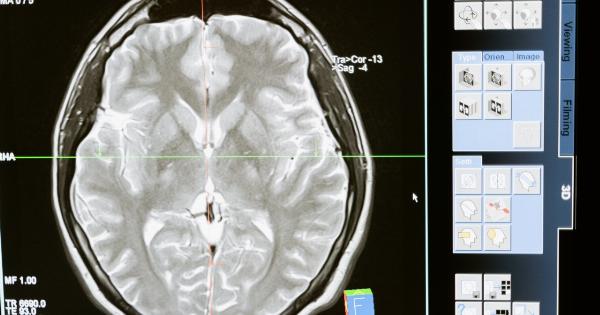Alzheimer’s disease is a neurodegenerative disorder that affects millions of people worldwide. It is characterized by a decline in cognitive function, memory loss, and behavioral changes.
While there is no cure for Alzheimer’s, there are ways that individuals can reduce their risk of developing the disease. One such way is through regular exercise.
The link between exercise and Alzheimer’s
Research has shown that exercise can have a positive impact on brain health and reduce the risk of Alzheimer’s disease.
Exercise improves cardiovascular health, increases blood flow to the brain, and promotes the release of chemicals that enhance brain function.
Additionally, exercise has been found to reduce inflammation in the brain, which is believed to contribute to the development of Alzheimer’s disease.
Studies have shown that individuals who engage in regular physical activity have a lower risk of developing the disease compared to those who are sedentary.
The benefits of aerobic exercise
Aerobic exercise, also known as cardiovascular exercise, is particularly beneficial for brain health.
Activities such as running, swimming, and cycling increase heart rate and oxygen flow to the brain, stimulating the growth of new blood vessels and neurons.
Aerobic exercise has been shown to improve memory, attention, and problem-solving skills. It also reduces the risk of cognitive decline associated with aging and Alzheimer’s disease.
Even moderate-intensity aerobic exercise, such as brisk walking, can have significant benefits for brain health.
The role of strength training
While aerobic exercise is crucial for brain health, strength training should not be overlooked. Strength training, also known as resistance training, involves the use of weights or resistance bands to build muscle strength and endurance.
Studies have shown that strength training can improve cognitive function and memory in older adults. It also stimulates the production of growth factors that promote the growth and survival of neurons in the brain.
Moreover, strength training helps maintain a healthy weight and reduces the risk of conditions such as diabetes and high blood pressure, which are known risk factors for Alzheimer’s disease.
Other forms of exercise for brain health
In addition to aerobic exercise and strength training, other forms of physical activity can also benefit brain health.
Activities that require coordination and balance, such as dancing and yoga, can improve cognitive function and reduce the risk of falls in older adults.
Mind-body exercises, such as tai chi and qigong, combine physical activity with meditation and deep breathing. These exercises have been found to reduce stress and improve brain function.
Creating an exercise routine
To reduce the risk of Alzheimer’s disease, it is recommended to engage in at least 150 minutes of moderate-intensity aerobic exercise or 75 minutes of vigorous-intensity exercise per week.
This can be broken down into 30 minutes of exercise on most days of the week.
It is also important to incorporate strength training exercises into the routine. Aim for two or more days of strength training per week, focusing on all major muscle groups.
It is important to choose activities that you enjoy and that are suitable for your fitness level. Gradually increase the intensity and duration of the exercises over time and listen to your body’s needs.
Conclusion
Regular exercise has been shown to have numerous benefits for brain health and reduce the risk of Alzheimer’s disease. Aerobic exercise improves cardiovascular health, increases blood flow to the brain, and stimulates the growth of new neurons.
Strength training promotes the growth and survival of neurons and helps maintain a healthy weight. Other forms of exercise, such as balance and mind-body exercises, also contribute to brain health. By incorporating exercise into daily routines, individuals can take proactive steps towards reducing their risk of Alzheimer’s disease.





























